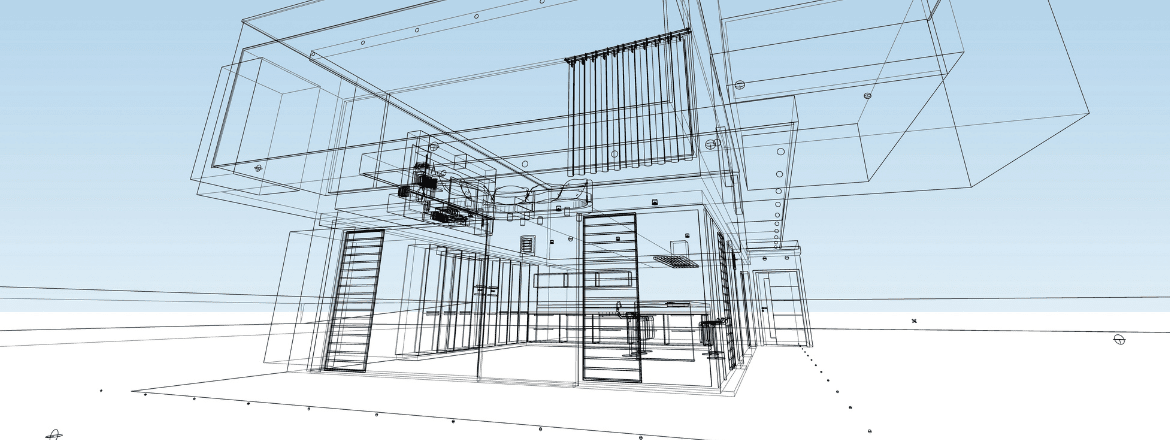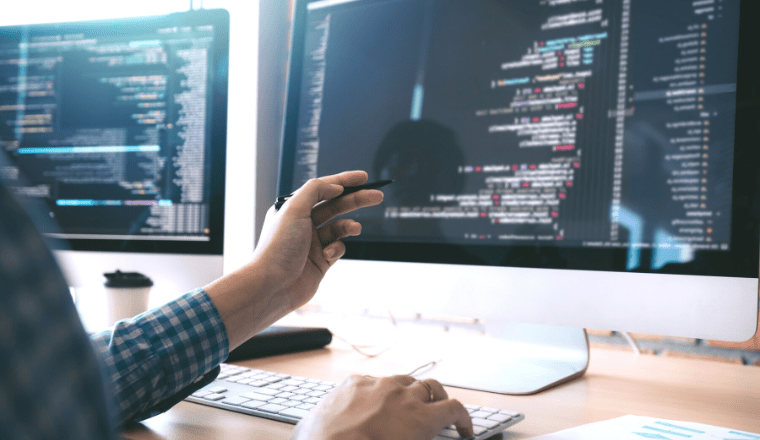Digital Twin and its Legal Implications

Table of Contents
As digitalization rises and the Internet of Things (IoT) becomes more common, the impact of digital twins has become more and more pressing. This is because of the often complex nature of digital twins and the often ambiguous intellectual property rights associated with the assets.
In addition, the digital nature of the assets makes them intangible ideas that are often hard to protect due to the nature of intellectual property protection. As such, it is important to first understand what digital twins are, their use, and their subsequent legal implications happen.
Ideas of the mind are intellectual real estate that is why intellectual property creates wealth. In an ideal world, this wealth would flow to each contributor, without dispute. Depending on the amount of credit due or how early a business made its innovation, it may file a patent. However, Intellectual property rights and patents are not easy to track and are highly contestable.
What is Digital Twin?
A digital twin is a virtual replica of a physical object, system, or process, created using data and information collected from sensors and other sources. This technology provides a digital representation of a real-world entity, which can be used to monitor, analyze, and optimize its performance in real time. Digital twins can be applied in various industries and are valuable for gaining insights into the behavior of physical systems and improving performance, reducing downtime, and enhancing overall efficiency.
Digital twins are a recent phenomenon that was first properly defined by John Vickers of NASA (USA) in 2010. However, the concept can be traced back to as early as 2002 thanks to efforts by Michael Grieves.
The concept of digital twins was first used for manufacturing as a means to create digital models via digital threads that represented the lowest design level that could then be used to create physical products. The digital twin concept consists of three parts, the physical product, the digital product, and the link between the two products.
So vast is the reach of recent innovations, like digital twins, such that they even transcend national borders.
Digital Twin Types
Digital twins typically use real-time data from sensors and other sources. The digital model then analyzes the data using advanced analytics, machine learning, and artificial intelligence. Notably, digital twins come in three main types:
-
Digital Twin Prototype (DTP)
Cover designs, analyses, and processes are required to attain the physical product. Also, the DTP exists before the actual physical product.
-
Digital Twin Instance (DTI)
Consists of the different versions of the product once it is made.
-
Digital Twin Aggregate (DTA)
This is the summation of DTI data which can then be used to determine how to improve the product.
Uses of Digital Twins
According to a Deloitte study, digital twin use will grow by 38% to reach $16 billion by 2023. This is because digital twins help businesses make model-driven decisions. Thus, these are some of the ways different businesses can use or benefit from digital twin use cases.
Manufacturing
Digital twin use is most prolific in the manufacturing industry. This is because manufacturing produces high volumes of data which aids the creation of digital twins. In manufacturing, digital twins can be used to test the feasibility of products before launch. As such, engineers can use digital twins to enable businesses to design various versions of the same product. Also, based on the insights derived from the digital models, producers can offer more personalized goods and services.
Digital twins also aid in the monitoring and analysis of end products. This helps engineers detect defective products. Also, digital twins can aid in the optimization of machine productivity. This is because the model can pinpoint when physical machines require servicing. As such, technicians can take corrective action beforehand. However, maintaining digital twins requires expensive data science talent.
Aerospace
The use of digital twins eliminated high testing costs. This is because previously physical twins were used for aerospace engineering. For instance, space crafts required physical replicas on the group to simulate real-time in orbit experiences. This is why digital twins can be traced back to aerospace, specifically to NASA.
Currently, aerospace engineers use digital twin models to predict problems involving airframes, engines, and other components that ensure passenger safety. In fact, the data and insights provided are so helpful that 75% of air force executives voted in favor of digital twins according to a Business Wire survey.
Automotive
The automotive industry uses digital twins to design ideal products. This way manufacturers can simulate and analyze the entire production process, including stress testing. In addition, digital twins aid the production of self-driving cars. Due to the limitations and risks surrounding self-driving cars, it would be very difficult to test the cars without digital twins.
Other industries where digital twins are used include healthcare, supply chain, construction, and retail.


Legal Implications of Digital Twins
Digital twins have immense legal implications due to their complex nature. Apart from the intellectual property rights stemming from the digital twin design, there are several other factors to consider. For instance, digital twins act as a reserve for data from the physical twin. This includes specific information detailing the physical assets' design, construction, performance, and depreciation.
However, as digitalization grows so will the use and models of digital twins. As more and more complex predictive models become commonplace, what will be their legal status and implications? The UK government, for example, is advocating for intricate digital twins that can be used to make critical decisions regarding population growth and planning, among other things. As such, a model of this scale poses some challenges pertaining to ownership and governance. As such legal implications for issues regarding data ownership, cause/effect, and liability to be clear.
Data ownership, in particular, is an intellectual property right that is yet not adequately applicable to digital twins. Consider for a moment the dilemma that could arise if a digital twin is designed and operated separately from its physical twin. In the event of a conflict, unraveling the legal dilemma might prove difficult.
In some cases, conflict might be avoided by including digital twin and data ownership in the contracts covering the project. Something similar to how creators like photographers define the owner of the different images as separate from image use.
Such agreements would need to take into account the lifespan of the digital twin. This is because data access, for instance, should be equally long or longer than the life of the digital twin. This is because a digital twin will only ever be as good as the data that goes into it.
On the other hand, the legal implications flowing from data sharing and confidentiality also pause a legal dilemma. Without data sharing, digital twins would be useless. However, most intellectual property and legal norms do not account for non-essential data sharing. Especially in complex cases where ownership is already vague.
As such, it is often beneficial to employ an intellectual property expert to break down the different facets of digital twin use, ownership, and legal implications to ensure that the digital twin realizes its full potential. Notably, the legal implications arising from risks associated with data sharing must be taken into consideration. Appropriate measures must be considered to ensure confidentiality regarding the sharing of sensitive data. In fact, non-disclosure agreements and confidentiality clauses can be included in contracts to enforce this.
Liability arising from digital twins is possibly the most complex legal impact of digital twins. Legally, to hold someone liable for any form of loss you must be able to prove that the liable party failed to fulfill their duty leading to the loss or injury they are liable for.
As such liability is difficult to prove because digital twins are a network of connected systems. As such, changes in one system ripple out to affect the entire model. With multiple users and data sources, errors may be difficult to identify and trace. One way to overcome this challenge is to create a centralized command center that gatekeeps and authorizes data changes. However, even then errors may still occur and be difficult to trace. As such, attributing liability is not so simple.
In addition, errors could have originated outside the digital twin ecosystem. For instance, if sensors on the physical twin are not working accurately. The Gemini principles published by Digital Built Britain’s Digital Framework Task Group aim to help build trust among collaborators for projects requiring high levels of accuracy from multiple sources. The principles emphasize the need to define the clarity of purpose, quality, and effective function to facilitate the optimal operation of digital twins. These principles should perhaps be outlined in contracts to foster trust and accountability.
Conclusion
The digital domain is a vast expanse and growing at an exponential rate. The use of digital twins as such is bound to only grow and become more complex. The legal implications of digital twins are vast and challenging to navigate as the models used to become more and more complex.
As such, it is important that all parties involved in the use of digital twins adequately define ownership, responsibility, and liability at the start of the project. If this is done properly it will ensure that all parties are adequately covered legally.
As such, it might be ideal to employ an intellectual property expert to help guide you through the process. If you would like to learn more about digital twins and intellectual property protection, drop us a line at [email protected] and we would be happy to schedule a complimentary consultation.






